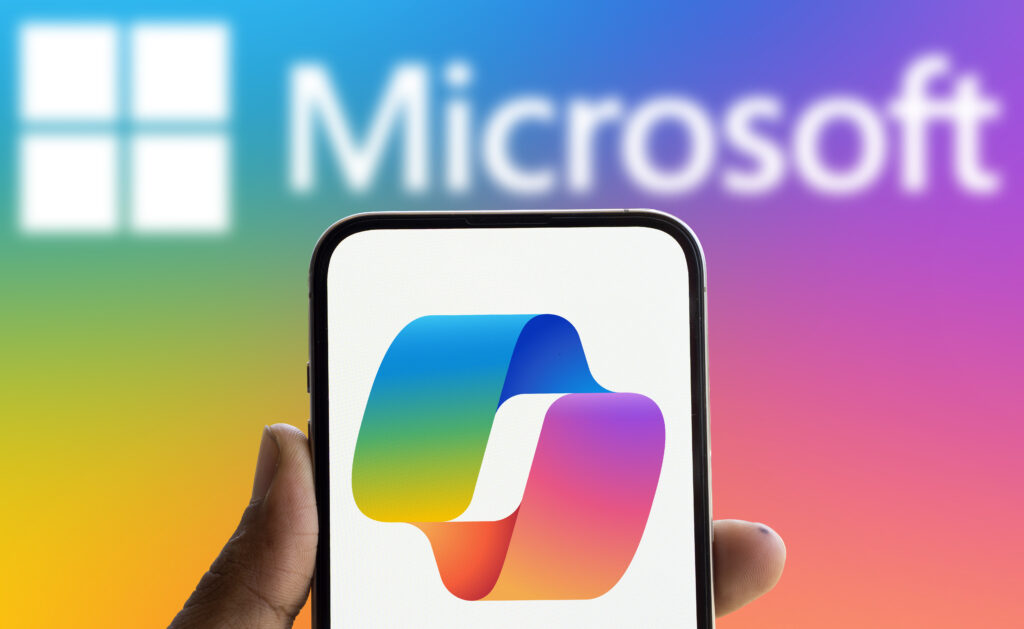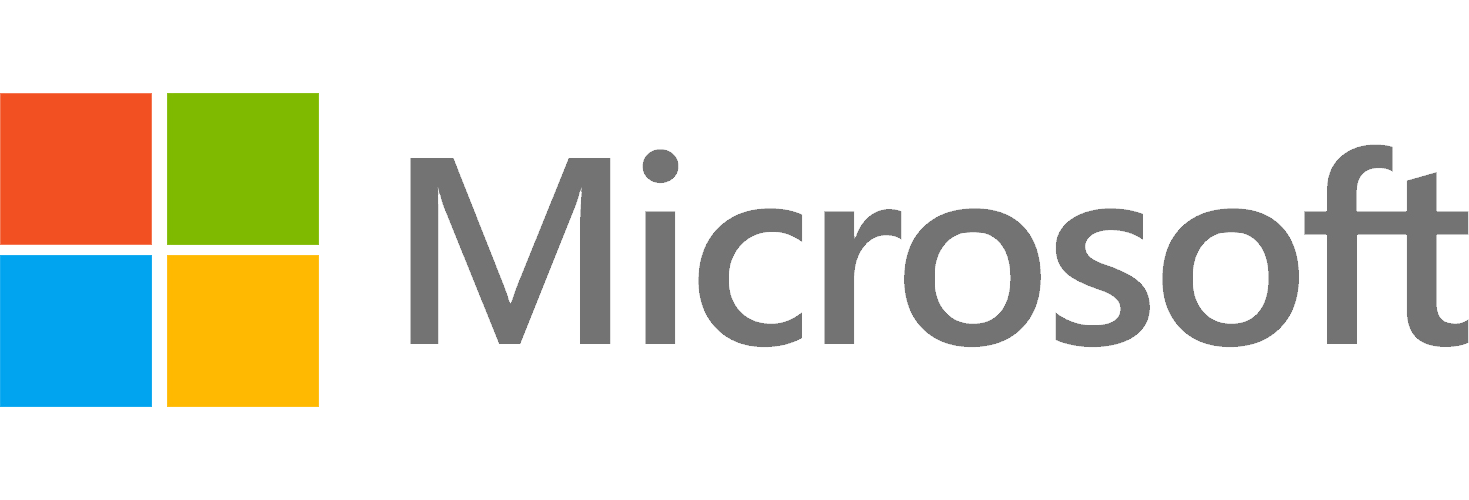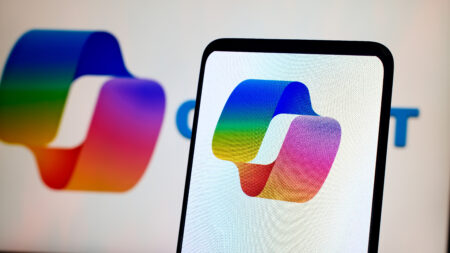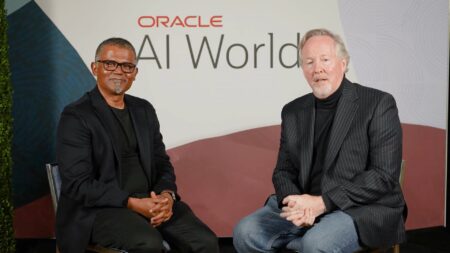
The battle for AI dominance has many fronts. While public attention is fairly focused on AI assistants and agents, there is another area that is quickly becoming an important battleground: AI-powered browsers. In response, Microsoft has launched a new feature in Edge called Copilot Mode.
So, what does this new feature involve, and how does it position Microsoft within the broader AI-powered web browser ecosystem?
What You Need to Know?
Ultimately, with Copilot mode, Microsoft is envisioning a new way to browse the internet. “For decades, the way we’ve used browsers has remained linear: open a tab (or 20), search for something, read a page, repeat. It’s a model that’s worked well, but it hasn’t fundamentally changed,” said Sean Lyndersay, Partner General Manager, Microsoft Edge in a blog post.
“With Copilot Mode on, you enable innovative AI features in Edge that enhance your browser. It doesn’t just wait idly for you to click but anticipates what you might want to do next. It doesn’t just give you endless tabs to sift through but works with you as a collaborator that makes sense of it all.”
Copilot Mode is currently an experimental, opt-in feature for Microsoft Edge. It appears in a separate tab and combines chat, search, and web navigation. This mode allows users to utilize the assistive functions of Copilot while browsing the web, and it even enables the tool to perform actions on their behalf.
Key features include:
- The ability to cut through the clutter on web pages and find exactly what you are looking for.
- Copilot understands the context of the tabs you have open and combines the information within them to better grasp the context of your search.
- Additionally, Copilot will soon be able to perform advanced tasks on behalf of users while connected to the internet, such as booking appointments.
- Copilot in Edge supports natural voice navigation, so people can use voice commands to work with the tool whilst browsing.
- Soon, Copilot will have the capabilities to “guide you in your tasks and organize your browsing – past and present – into helpful, topic-based journeys.”

AI Agent & Copilot Summit is an AI-first event to define opportunities, impact, and outcomes with Microsoft Copilot and agents. Building on its 2025 success, the 2026 event takes place March 17-19 in San Diego. Get more details.
Closing Thoughts
There are several players in the AI-powered browser space. Key companies include Brave with its Leo AI Assistant, Opera One with Aria, and, of course, Google Chrome with AI Mode powered by Gemini. Of all these options, I believe Google’s offering is leading the field.
Not only does it enable users to harness the power of Gemini quickly, easily, and in the context of search, but it also serves as perhaps the best use case so far for Google’s powerful foundational models. This is a major advantage, and with Chrome being the most used web browser, this provides a massive platform to showcase the power of Gemini.
So, does Microsoft stand a chance? There is a clear differentiator here. While Google is still focusing on a tried-and-tested method when it comes to basic search — offering a degree of summarization and, of course, other add-ons like Google Lens — Microsoft is proposing to change the way we browse the internet.
Right now, it’s a gamble, a big one. Users have become accustomed to using tools like Gemini and ChatGPT as modern research assistants. Microsoft is asking users to adopt another layer to search. You could liken it to making search 3D, because even now, navigating to ChatGPT or posing a direct question in a browser to Google’s AI feels linear.
Still, I remember people saying that the MP3 would never replace the CD — about as close a leap from 2D to 3D as I can muster. Look what happened there.
Ask Cloud Wars AI Agent about this analysis










